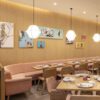Architect Jason Buensalido dispels the notion that design has to be expensive to be luxurious. What it should have, instead of trophy brands, is meaning.
There is a fascinating occurrence in the desert when the wind blows in one direction and changes the landscape. The wind makes formations in the sand called “barchan,” a crescent-shaped sand dune with two horns that point downwind. Barchans are concave dunes that can be a few meters tall so you can sandboard on them or go dune bashing on a 4×4. Or they can be as high as 30 meters.
When architect Jason Buensalido was looking to rename his firm Buensalido + Architects (B+A), he stumbled upon the term barchan, and knew it represented the firm’s design philosophy.
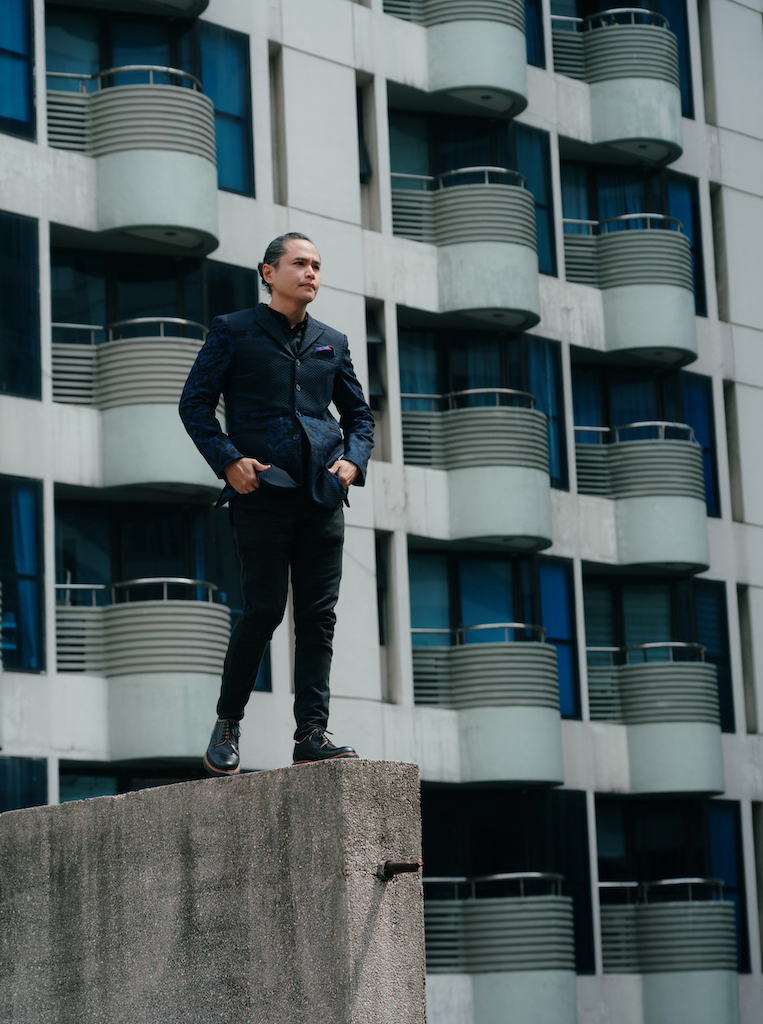
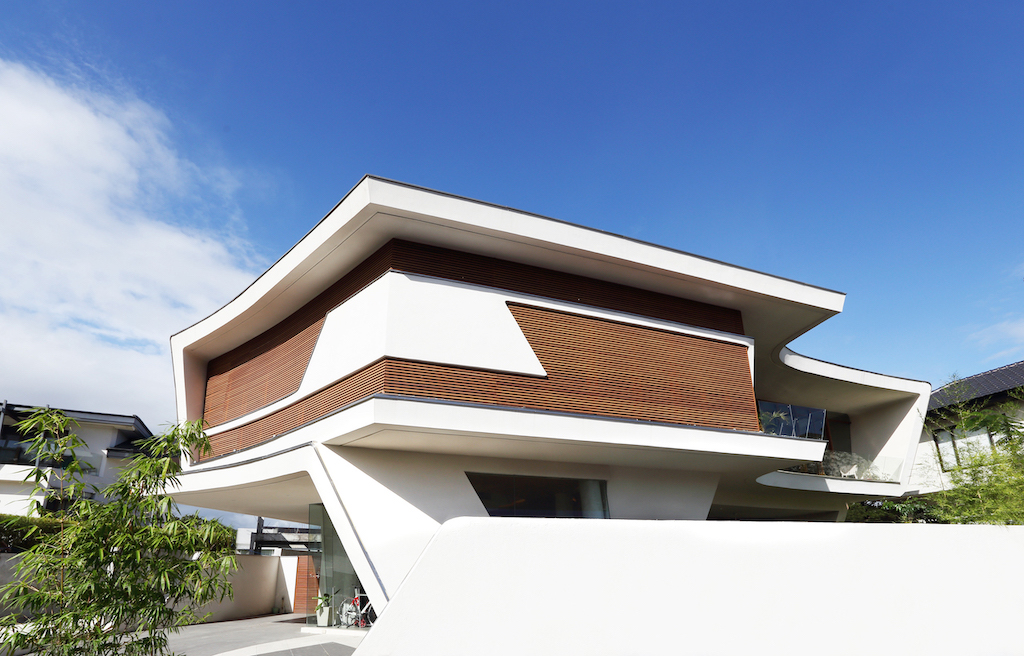
“Our belief is that architecture is simply a response to context. Barchans change over time depending on the direction of the wind. Context also changes over time, and architecture must adapt. After all, we’re in the business of placemaking,” he says. “Also, we’ve always been known as B+A, so it was really a perfect new name.”
When you talk about comfort, it leads to simplicity, to being understated and if you’re able to live your life conveniently, comfortably, in a way that is meaningful to you—to me that’s luxury.”
In 2018, Barchan + Architecture was officially incorporated but launched only in April this year along with their second book, Shifting Sands, written by Edson Cabalfin and designed by Design for Tomorrow. “We launched our first book in 2014 but at the time most of the projects were actually concepts, a lot of experiments, and very few were built. We were new, nobody wanted to believe in us and all our crazy ideas. Those projects are now completed and in our second book.”
Jason says the name change is also to mark a more mature version of the company, which he founded in 2006, and to recognize that every design is a collaboration.
A millennial collective
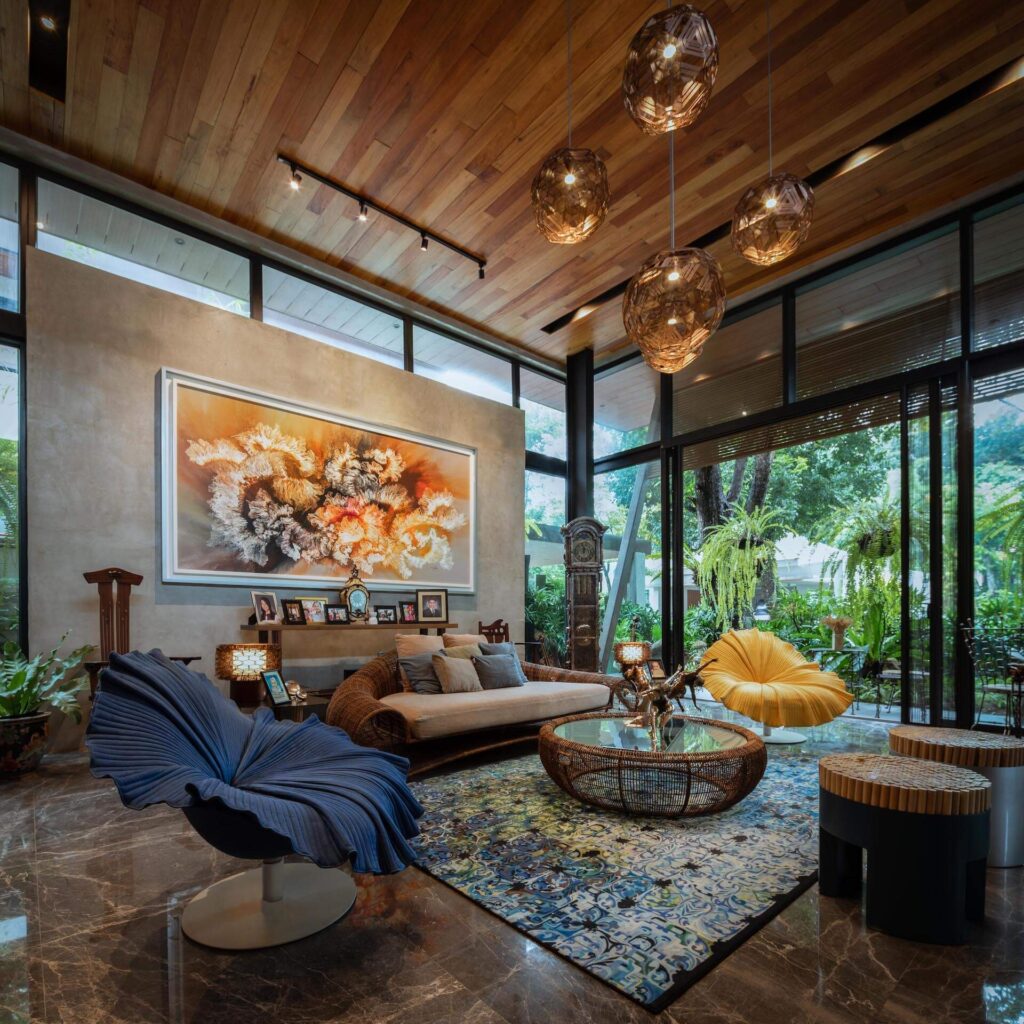
Barchan + Architecture has five partners, including Jason and his wife, architect Nikki Boncan-Buensalido. They’re all millennials sharing the same goals of design having a greater impact on society, using it for positive change, and showcasing Filipino culture in our built environment “because it shapes us.”
“Our vision hasn’t changed from day one, it’s always been about practicing contextual architecture through a contemporary lens. We have that attitude of experimentation because it leads to the discovery of new things, to innovations,” Jason says.

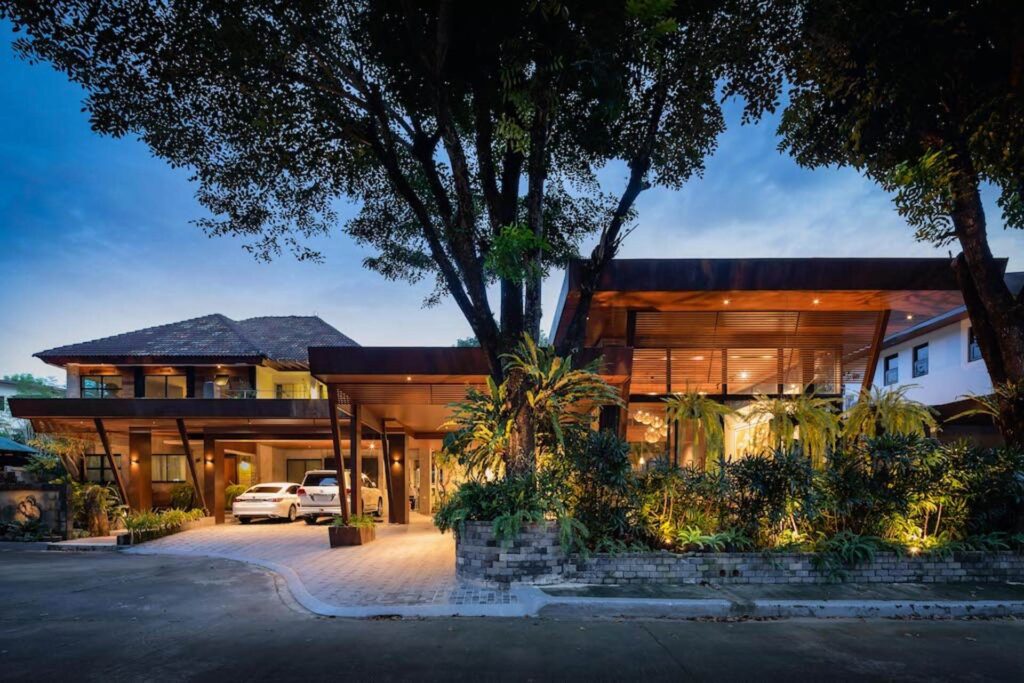
Maybe it’s a millennial thing among today’s architects to be experimental and brave. After all, they were inspired by the groundbreakers who made a career out of their boldness. Jason saw inspiration in people who embodied this thinking, even the ones in literature. He loved Ayn Rand’s fictional architect Howard Roark, always kept his father’s copy of The Fountainhead with him because he was constantly rereading it. He topped the architecture board after he graduated. He opened his own firm right off the bat (a few floors below his mom Joy Buensalido’s office in Makati). And he led B&A’s crusade to contemporize Philippine architecture.
B+A partner and wife Nikki Boncan-Buensalido once described their firm as their first child “because it matured as our relationship did.”
Luxury is high level of comfort combined with extravagance. Over time, the first half was forgotten by the world. There has been too much focus on cost, brand, and showing off. ”
B+A’s practice today is 30 to 40 percent private luxury homes; and the rest is split into developer work like residential communities and buildings, neighborhood malls, office buildings, and hospitality.
Though known for their high-end projects, Jason says the firm is actively seeking nation-building projects like city halls, barangay centers, housing and civic projects. “It’s nice to influence one family but imagine if I’m able to do that for a thousand families in one housing development. That’s going to affect about 5,000 lives and more. You affect everyone that will interface with that piece of architecture, whether they’re a direct user or a passerby that sees it, and thinks this kind of design is possible.”
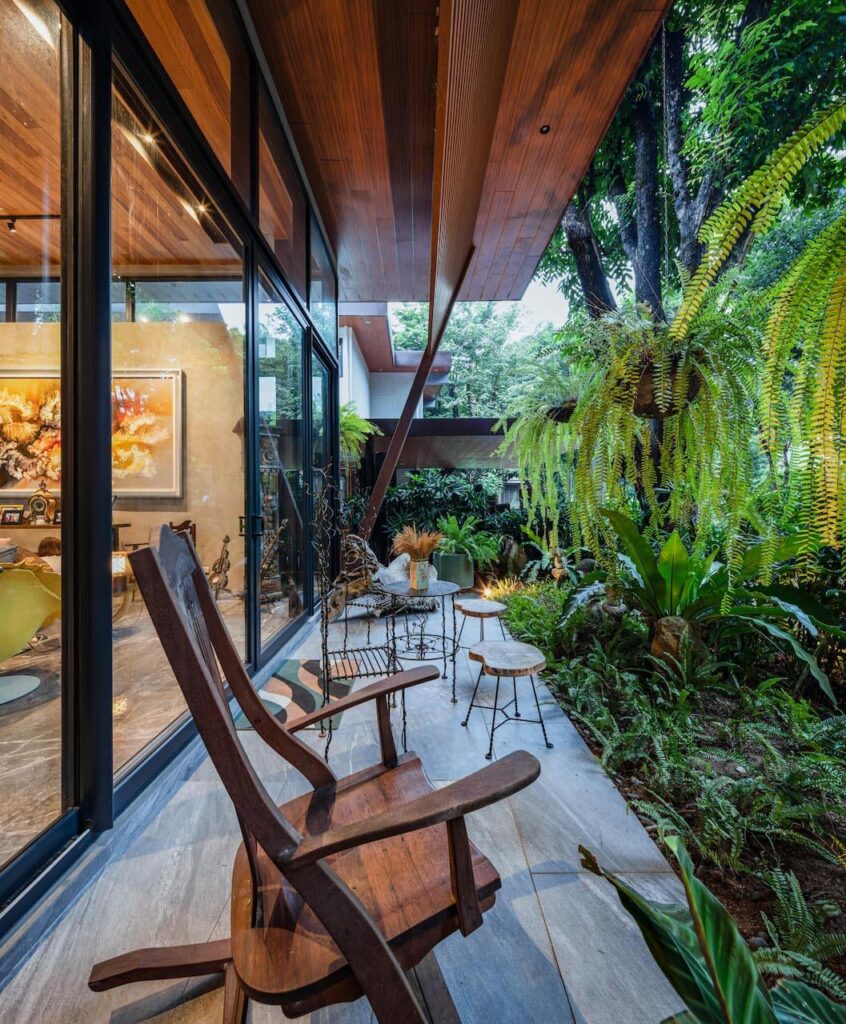
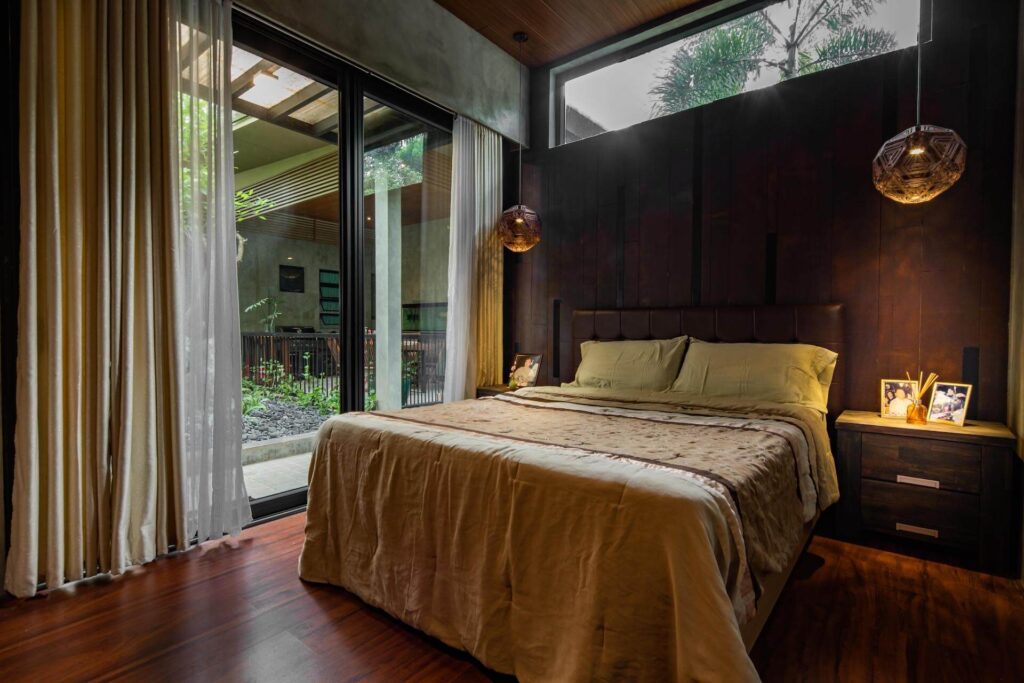
If you look at Jason’s body of work, you will see a consistent and insistent style that’s been pushing the limits for the past 18 years, regardless of the size or budget of the project. From his earliest projects to his latest, he exhibits a profound vision that he articulates. It feels like every time he explains things to you, you’re getting a masterclass in architecture.
I should know—I was one of his first clients.
Putting the quiet in luxury homes
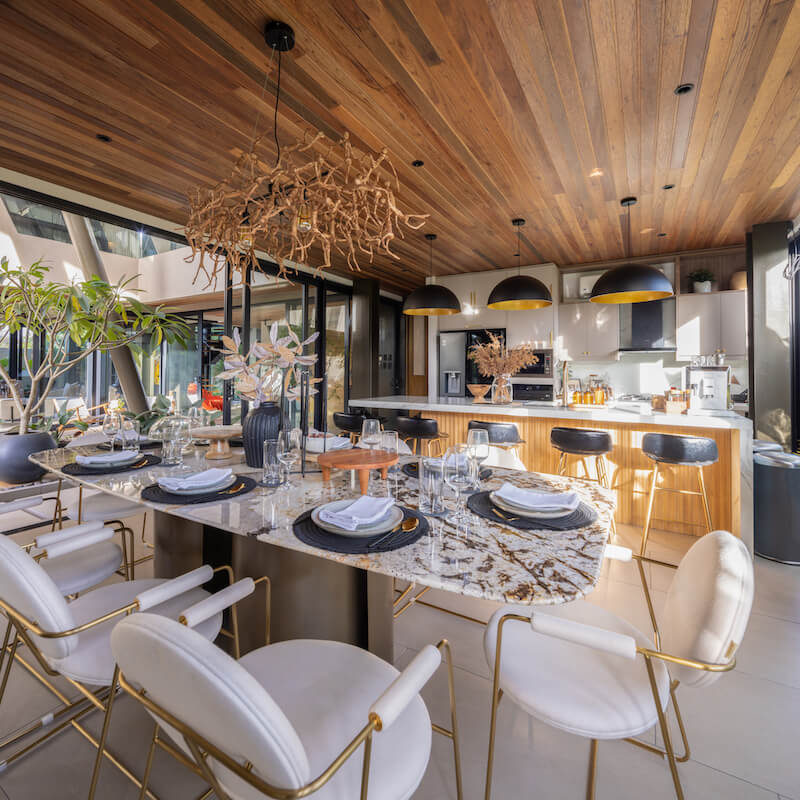
Just what is quiet luxury in architecture and design? It’s a trend that’s easy enough to interpret or spot in fashion but not so much in space.
Before getting into that, Jason asks first, well, what is luxury anyway? He says, “Luxury is a high level of comfort combined with a high level of extravagance. Over time, the first half—comfort—was forgotten by the world. There has been too much focus on cost, brand, extravagance, and showing off. There must be a yacht, a Rolls Royce that’s parked in the seven-car garage, there has to be intelligent lighting and so on. Luxury became too brand conscious.”
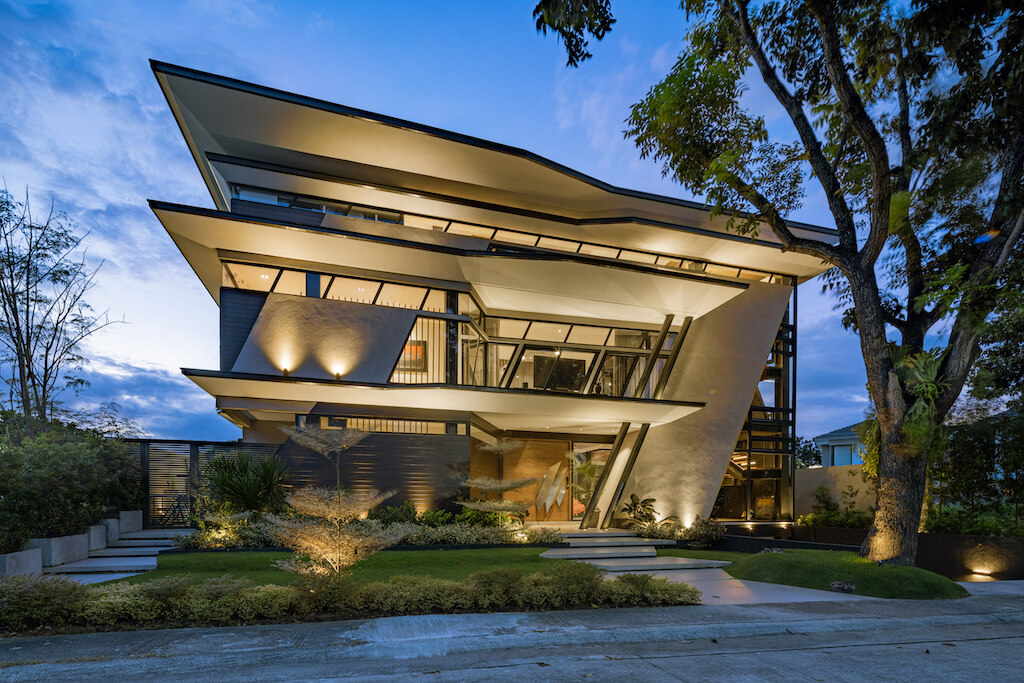
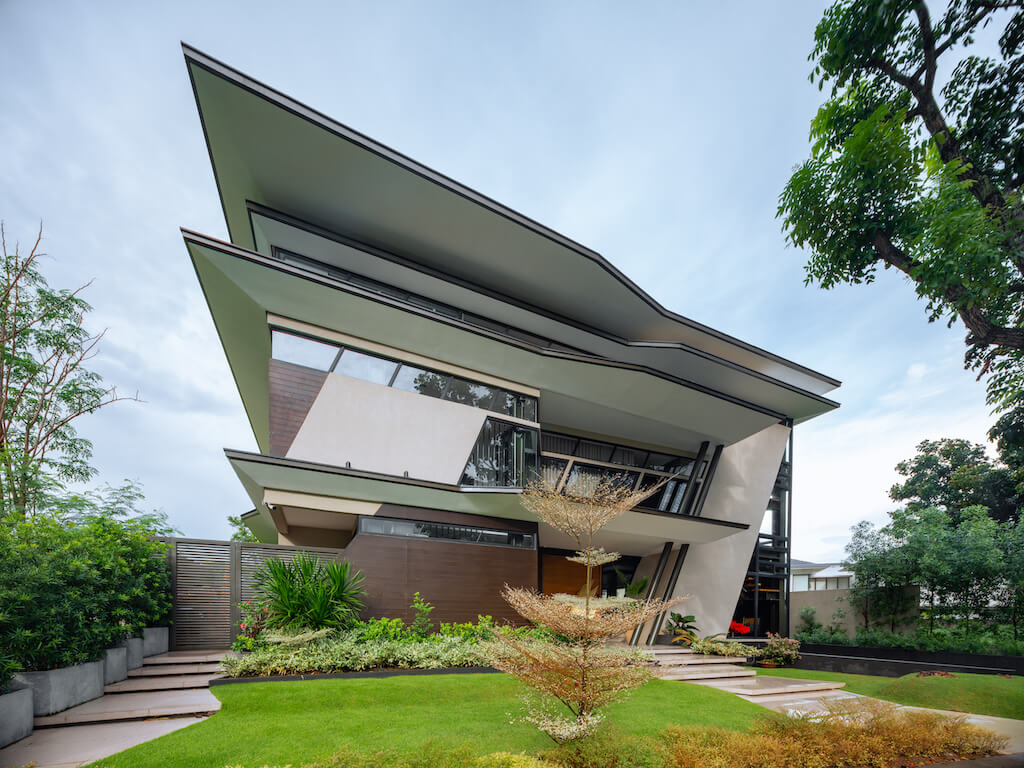
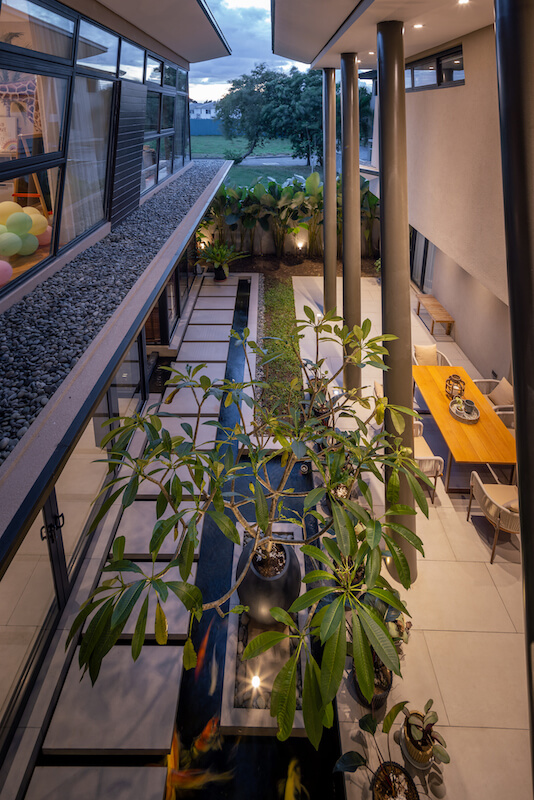
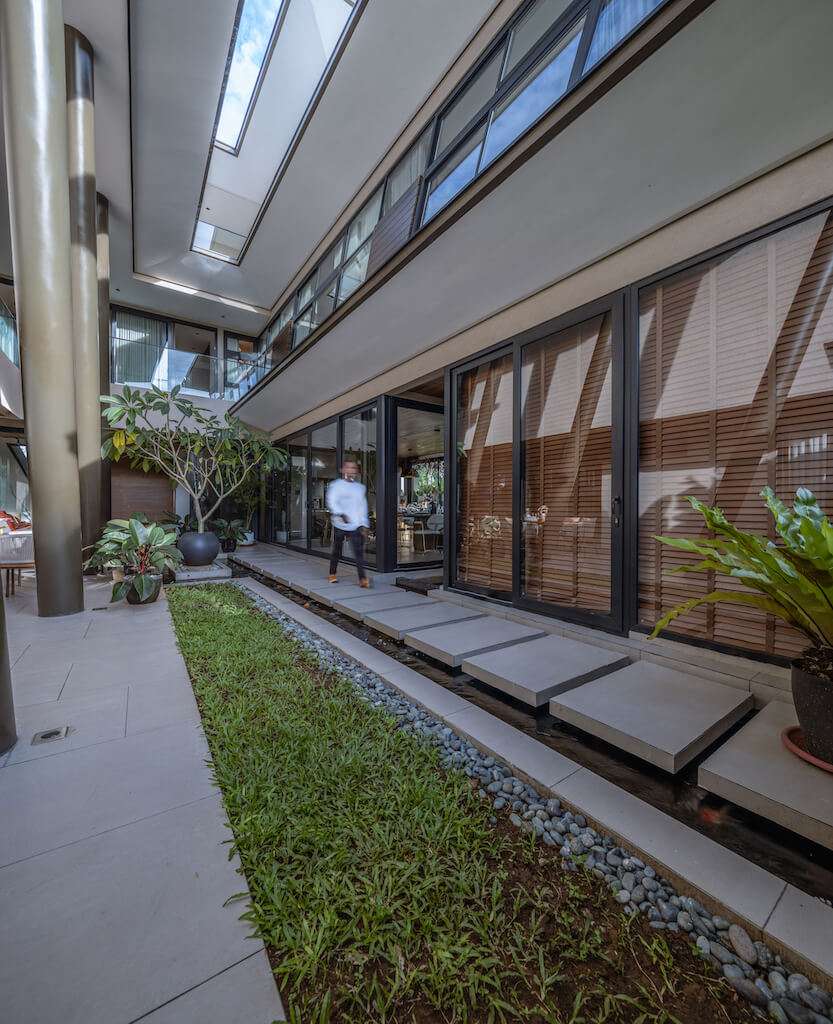
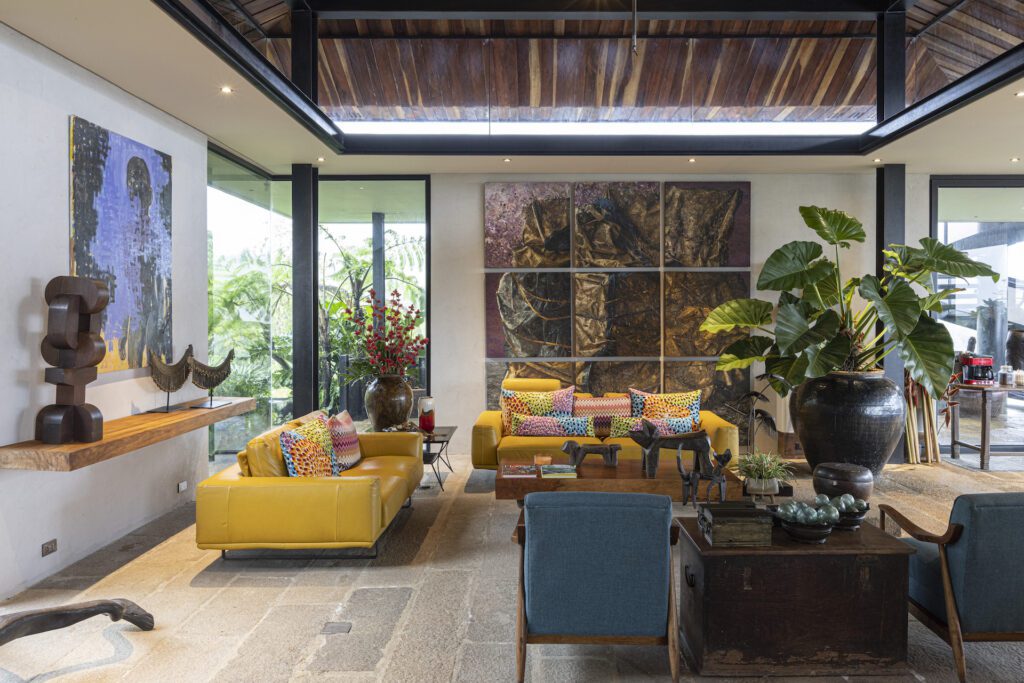
In reality, equally important if not more, is the first half of that equation. “When you talk about comfort, it leads to simplicity, to being understated and, really, if everything that you need is in place and you’re able to live your life conveniently, comfortably, in a way that is meaningful to you—to me that’s luxury.”
Quiet luxury is “just going back to the basics: good space planning, a house that makes sense in terms of flow and function, meaningful and a lot of natural light, that’s it.”
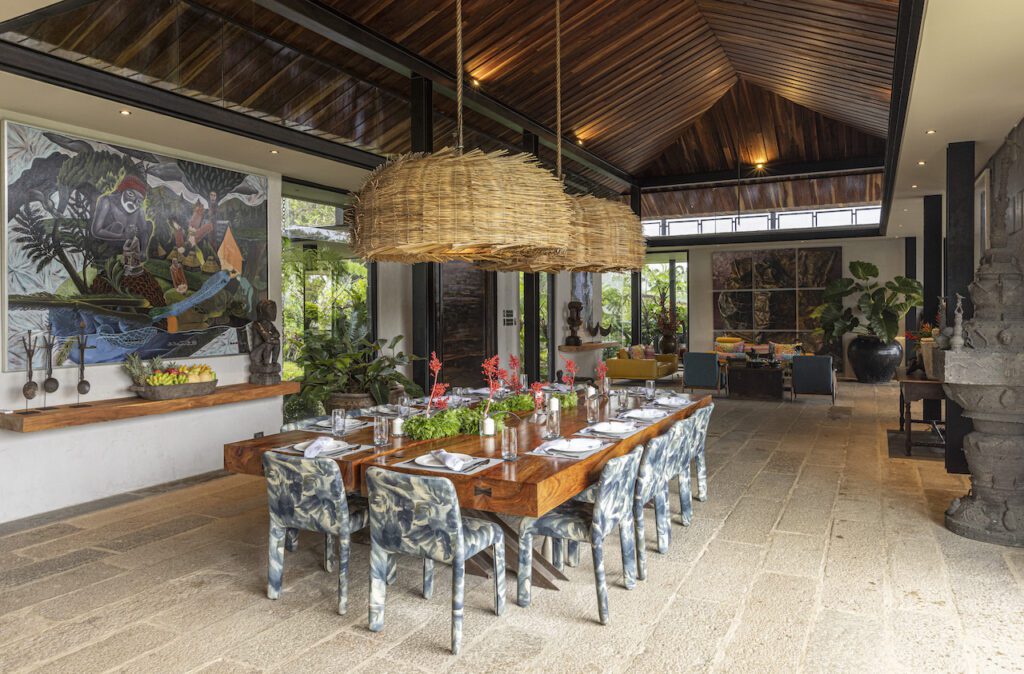
“The pandemic made us realize even more that nature is good for the soul. We can’t be cooped up in a space, that’s why we want views, we want to feel the wind. More than that, I think it’s the non-definition of spaces that make a home happy. You want to feel free to change things. Like your house, it’s open plan, you can easily reposition the furniture and it would work just the same,” he says.
Designing for clients is always a collaborative effort, he says. One of the most spectacular is the Hill House of landscape architect Bobby Gopiao. Surrounded by forests and perched on top of a hill, the property is on 30 hectares with a series of structures, nurseries, and gardens with hundreds of species of plants and trees that he’s been using in his three-decade practice as a landscape architect.
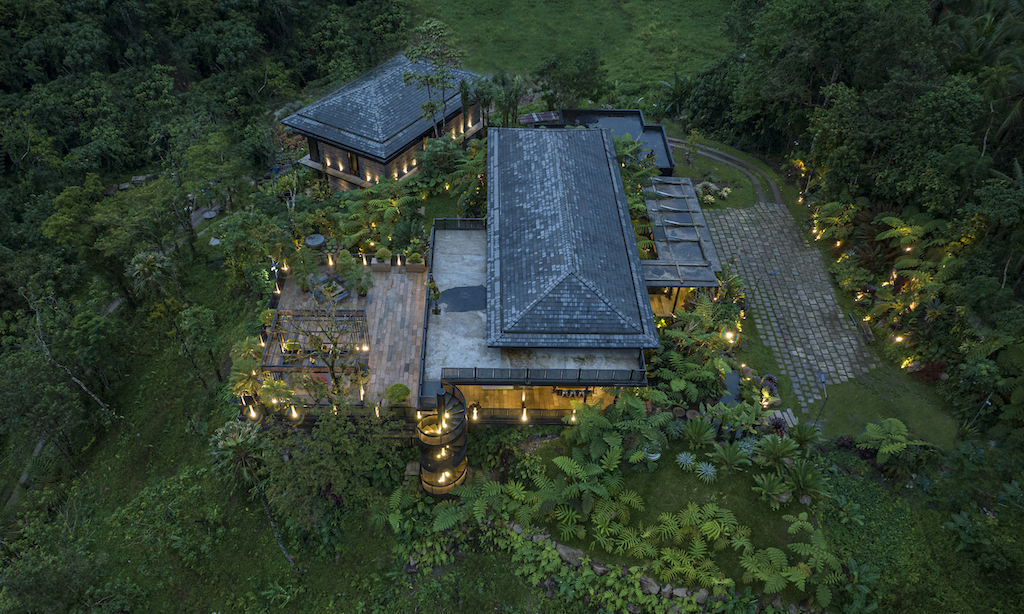
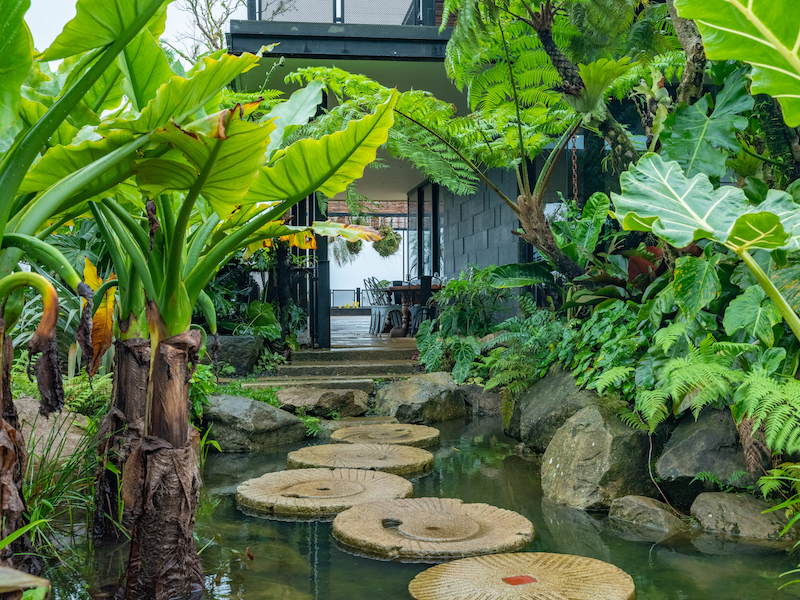
Jason says when they were designing the house, they were inspired by nature and how it is perfectly imperfect. “The way we laid it out, it was almost opposite to the idea of modernism where everything has to be perfect and aligned, and has to follow a grid. With this house, we flaunted the imperfection of materials, like stone is rough, we exposed the steel columns, the wood is not smooth. It’s almost like wabi sabi (an awareness and pleasure from the imperfection and transience of earthy things).”
“If you think about nature, it’s perfectly imperfect, there are no right angles. Why is there then an insistence in modernism for right angles? Why do we insist on alignments when nothing in nature is aligned? Everything is organic, everything is textured. When you look at a high-rise building, it’s all alien to us because it’s made by man, it’s not natural.”
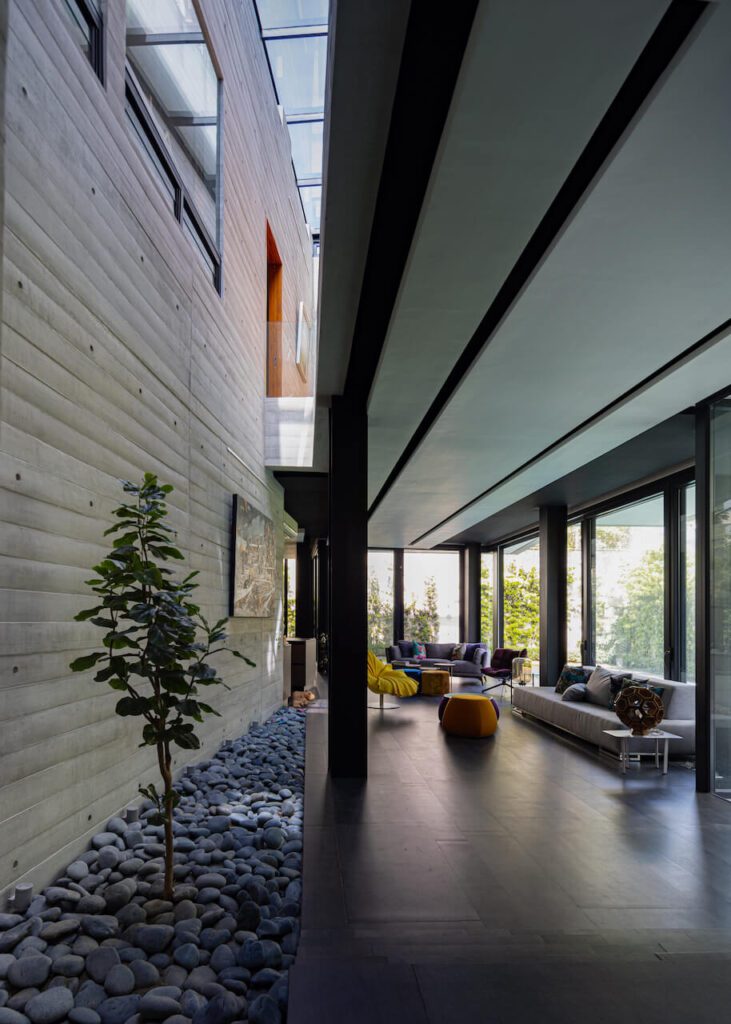
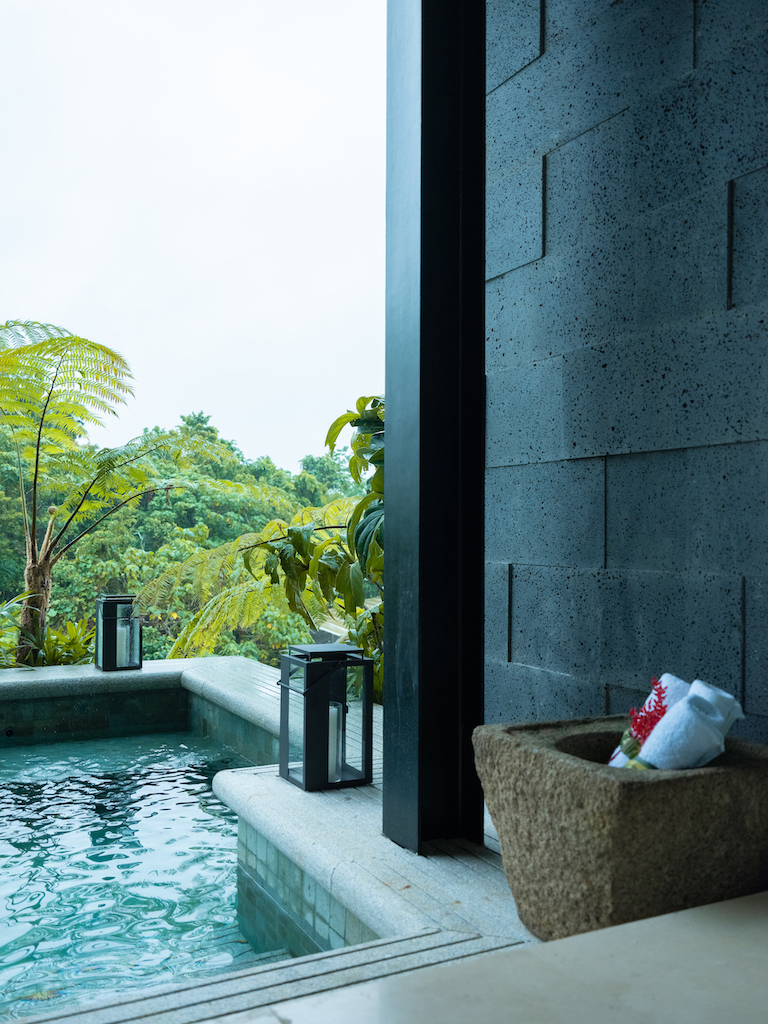
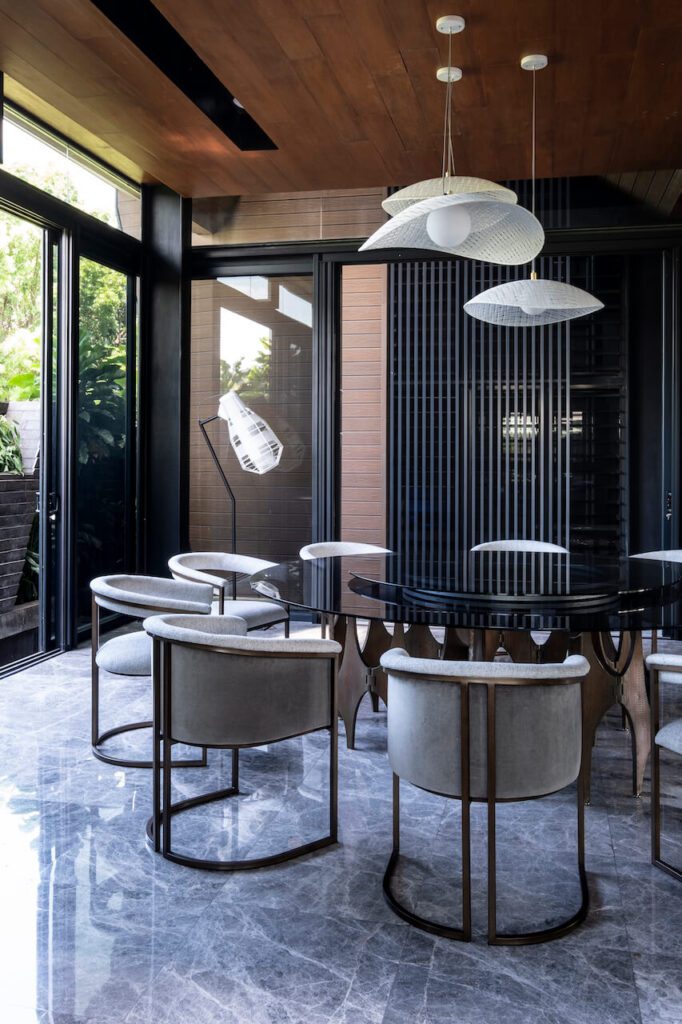
That connection to nature is what makes Gopiao’s Hill House truly a luxurious home—and how every piece inside means something to him. “What makes Hill House special is it’s basically his collection over three decades that he stored in his warehouse. So when we were choosing the stone, we just had to look at what he had. Throughout his practice, whatever he fancied he would buy and collect it. The fact that he’s been collecting means it’s meaningful to him. That’s an authentic expression of luxury. It’s the same with his artworks, the wood, the furniture.”
Is designing a luxury home possible for the less monied? “Yes,” he says. “I think it’s about being honest about where you are in life, and also having a good conversation with who’s designing your space so you can identify what is meaningful to you. It’s not dependent on whether your tiles are from Italy or whatever. For some people, luxury is time and connecting with friends and family. If you create a space to do something that’s meaningful to you, that’s luxury, whether it’s finished with plain concrete or cement on the floor it doesn’t matter anymore.”
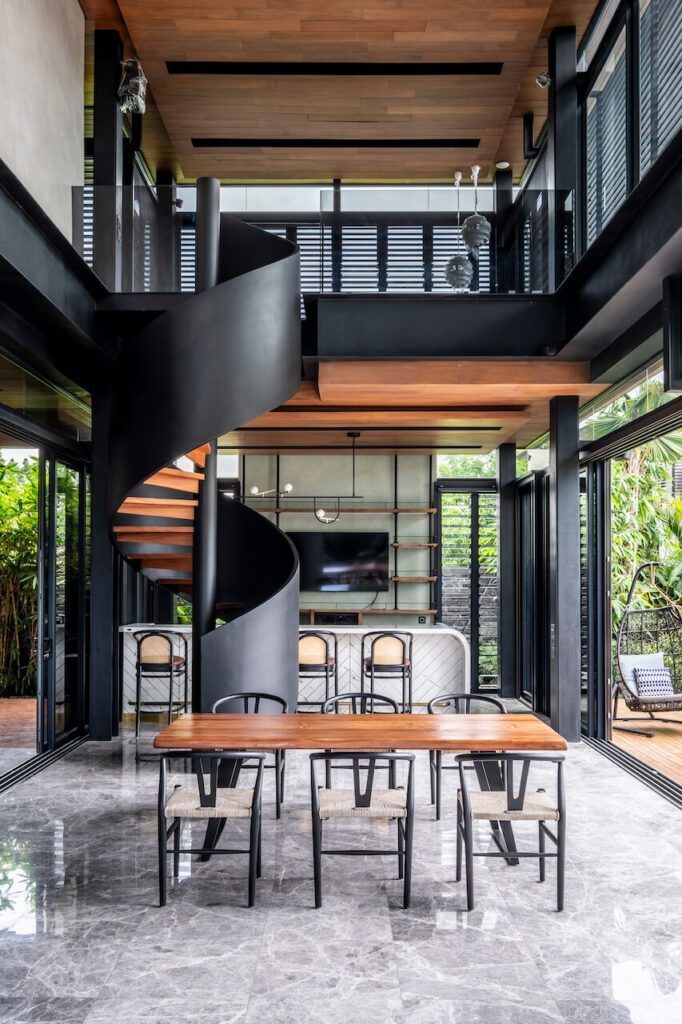
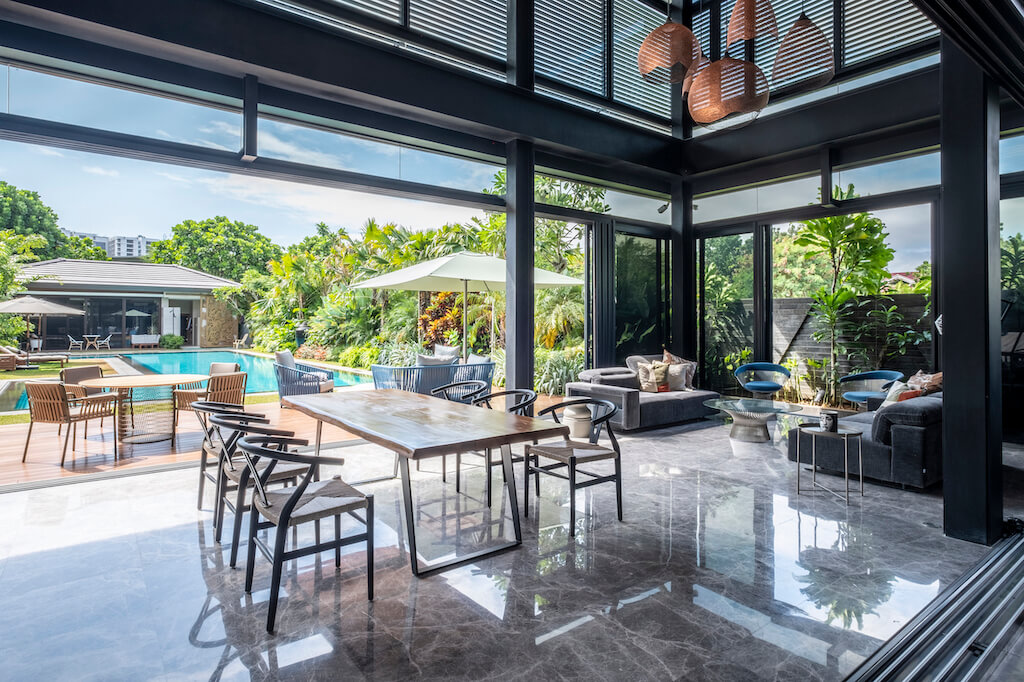
While there are people who like to put “trophies” in their homes, Jason says many get pieces “not to show off but because it delights them. And there’s nothing wrong with that. If you can’t afford a particular piece, you can find something else that gives you joy.”
Quiet luxury as a design style has been around despite the excess of the previous decades, but it wasn’t really celebrated as much as it has been in the past years. “Now it’s becoming more mainstream. I think it’s because of the noise generated by the world and we’re all exposed to it online. The world has become too noisy, too divisive, and so we want to be in a space that’s meaningful to us, that gives us peace.”
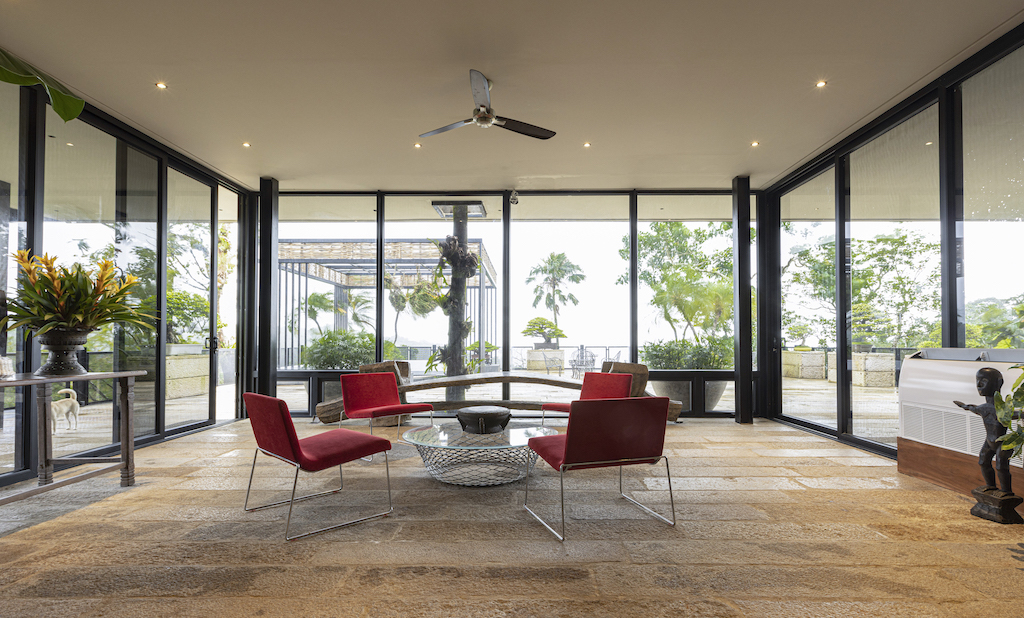
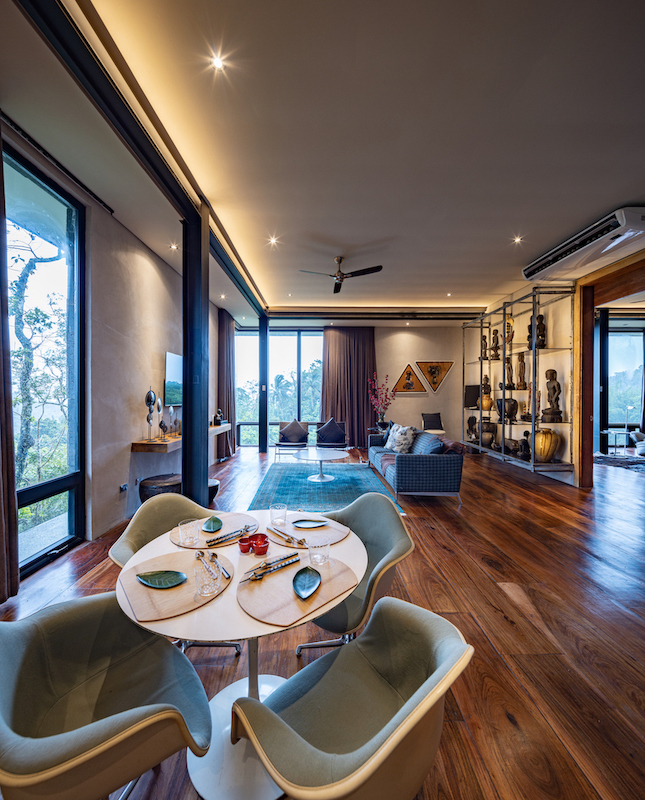
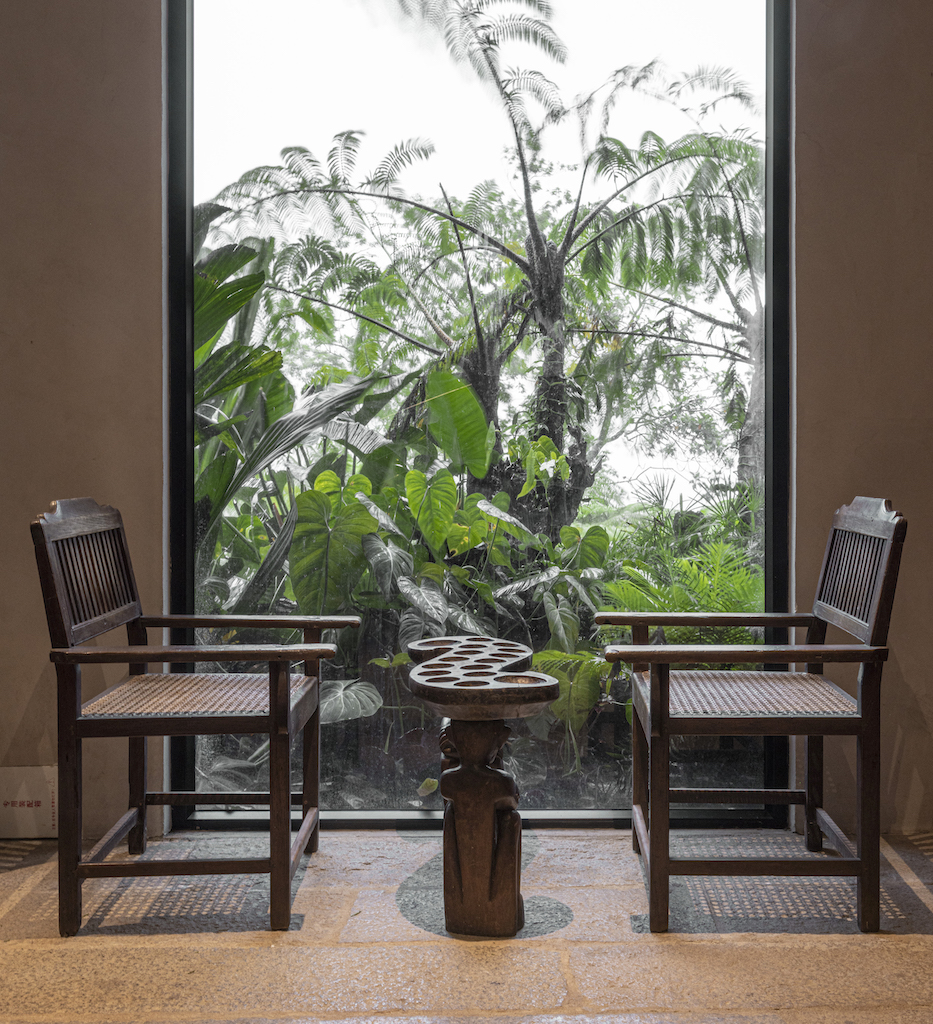
Raising design for the middle class
As a lifestyle journalist for a newspaper for many years, I was assigned to handle home and design, and did a lot of interviews with architects, interior designers, and homeowners about their houses.
One of them was the legendary writer Gilda Cordero Fernando, who had a literary renaissance of sorts in the early 2000s. Her house had her vibe—light, beautiful, welcoming—and it was spacious, airy, and had mid-century modern feels. It displayed artworks that were meaningful to her, including a famous sculpture of her by renowned artist Julie Lluch.
I asked Gilda who designed her house and she chuckled, (National Artist) “Lindy Locsin before he learned how to design houses.”
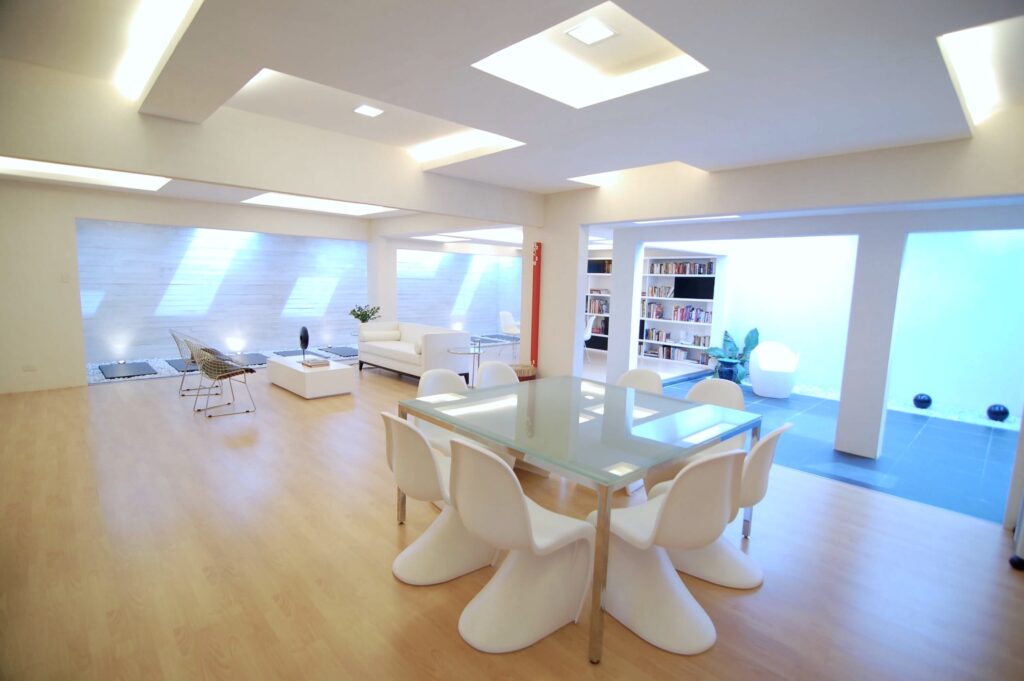
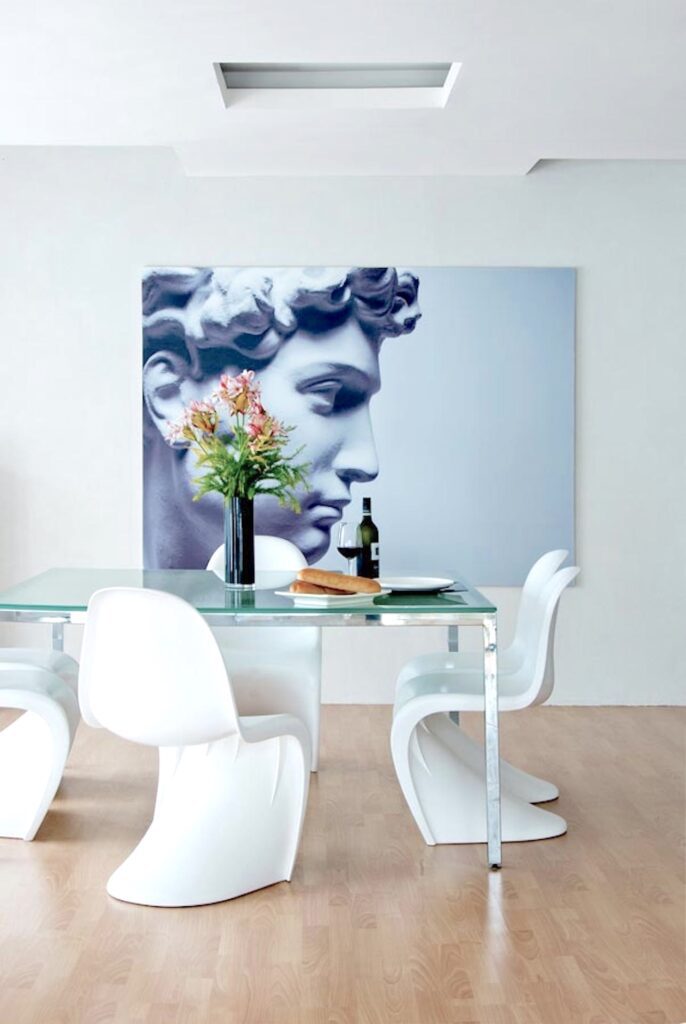
That anecdote has stayed with me all these years. Little did I know then that I would soon have my own story about a gifted architect before he even started his career.
I love telling the story of how I met Jason Buensalido when he was just 21 years old, an architecture student at UST whose group won the Nayong Pilipino design contest (he also won at CCP in 2011). During our interview last week for The Post, he reminded me that the first time I interviewed him was at R12 in what was then a very new Greenbelt 2. Restaurant 12 was one of the first avant-garde spaces in Manila designed by Ed Calma.
In one of his first residential projects, which Jason designed when he was 28, he put skylights that refracted the sun and made spotlights on the walls and floors, changing position and size as the day wore on.
Two years after he started his practice, my house became one of Jason’s first residential projects. It was a newly purchased old house, probably built in the 1970s, with peach walls and peeling wallpaper, low arches, and divisions in the shared spaces that made it feel cramped.
Yet I wrote a check to reserve this dump an hour after seeing it—because it had an interior courtyard that I fell in love with. I thought that if you dismantled the stone pond and that ridiculous plaster pelican, stripped the dark parquet floor, and took down the walls, it could be nice.
Instead it became a total gut job—barely anything was left of the old house because I kept repeating the three most dangerous words in any type of construction: “might as well.”



Jason was only 28 years old at the time (he’s now 43). He knew I loved modern design, wanted a floor-to-ceiling bookcase, straight lines instead of curves, and cutouts for flat walls. He designed the bookcase like I had always dreamed of, and designed cutouts on the ceiling throughout the house. He also decided upon himself that this house would have no other color except black and white.
I jokingly said, “Are you sure you’re not designing a house for yourself?”
He said, “This is not going to look like a house in BF Homes. It’s going to look like a loft in New York.”



I knew well enough about exceptional talent to let him design whatever he wanted. I mean, you don’t tell a young Mozart what to play when he’s already agreed to play for you. Jason was so meticulous about how each space was going to be used, what kind of storage was needed. He designed a recessed, black linen closet with shelves that almost reached the ceiling but was no more than 40 inches wide—but at the bottom I could store a total of nine suitcases (three nesting sets) in that small space.
I had said “might as well” too often that there was no money left to do the entire kitchen, and when he suggested modular cabinetry and mentioned the price, I nearly fainted.
I said, “Let’s just repaint the cupboards,” even if my eyes prickled at their sight. But he wouldn’t have it, not with the brand-new granite and tiles (of course they were black—well, to be fair, he would always give three choices…in different intensities of black).









So he designed open shelving and drawers, had them sprayed white and installed a couple of black cabinet doors. When friends asked if it was modular or who made it, I took such pleasure in saying: “Yung karpintero.”
By the time Jason and his team were finished, you wouldn’t have recognized the house from the old one except for the plain façade. The doors and windows were now in different locations; beside the gate were shiplap doors with one-meter-long metal handles on the outside. There was not a single wall inside the house except for the bedrooms but there were glass doors, negative spaces, and skylights everywhere (the courtyard had to be covered years later).
I would sometimes watch how the glass refracted the sun and made spotlights on the walls and floors, changing position and size as the day wore on.
In this middle middle-class neighborhood—at a time when most houses were filled to bursting with objects—I began to love the spaces made complete by their void in mine.


